Birth
February 18, 1516
Death
November 17, 1558
Religion
CatholicMary I, also known as Mary Tudor, was the first crowned Queen of England. She was the daughter of Henry VIII and Katherine of Aragon, and she was the elder sister to Queen Elizabeth I. She is known for reverting Protestant-ruled England back to Catholicism and is often referred to as Bloody Mary for her persecution of the Protestants, but with new scholarship this perspective is changing. Mary I is gaining recognition for her successes as well as her failures and traditional negative interpretations are being supplanted by more nuanced perspectives.
Personal Information
Name(s)
Mary I, Queen of England (also referred to as Mary Tudor)
Date and place of birth
February 18, 1516, at the Palace of Placentia (now Greenwich)
Death and place of death
November 17, 1558, at St James’ Palace
Family
Mother: Mary’s mother was Queen Katherine of Aragon (Catalina of Aragon) (1485-1536), first wife of King Henry VIII (1491-1547). Katherine was the daughter of los reyes catholicos (the Catholic Kings) Ferdinand II of Aragon (1479-1516) and Isabella of Castile (1451-1504). She married Henry VIII shortly after his accession to the throne in 1509. She had previously been married to Prince Arthur (1486-1502), Henry VII’s (1457-1509) eldest son and Henry VIII’s brother, for a few months before Arthur’s premature death in 1502.
Father: Mary’s father was King Henry VIII (1491-1509), son of Henry VII (1457-1509) and Elizabeth of York (1466-1503). Most famously, Henry VIII sought an annulment from Mary’s mother Katherine of Aragon, but the Pope refused, leading to the creation of the Church of England under the leadership of the monarch. Henry VIII married five subsequent times: to Anne Boleyn (c. 1500-1536), Jane Seymour (c.1508-1537), Anne of Cleves (1515-1557), Catherine Howard (1524-1542), and Catherine Parr (1512-1548). At Henry’s death in 1509, the throne passed to Edward VI (1537-1553).
Marriage and Family Life
Mary was the elder sister to Elizabeth (future Elizabeth I, 1533-1603) and Edward (future Edward VI, 1537-1553). She married Philip of Spain (future Philip II, 1527-1598) on July 25, 1554, at Winchester Cathedral. The couple had no children.
Education
Short version: Mary was educated in accordance with her status as princess, learning a variety of languages and skills necessary for her future role as queen (consort or regnant). She was sent to Ludlow in the Welsh Marches to act as de facto Princess of Wales, learning what it meant to rule.
Long Version: Mary was educated as befit an early modern European princess. She learned the traditional feminine arts from her mother and her household and was well-positioned for her future role as a queen consort through the formal education she received. Given that Mary was a girl, it was assumed that she would be married into a European royal family while a future son to Henry VIII would inherit the English throne. Katherine of Aragon notably took a great interest in Mary’s education and frequently asked for updates on her progress. Mary’s education was largely guided by the work of Juan Luis Vives, whose De Institutione Feminae Christianae (The Instruction of a Christian Woman) he had dedicated to Katherine of Aragon. Her Latin instructor was Dr. Fetherstone. Mary’s household was generally overseen, from 1520 until the early 1530s, by her governess, Margaret Pole, the Countess of Salisbury (1473-1541).
In 1525, Mary took residence at Ludlow Castle in the Welsh Marches, where she took on the traditional role of the Princess of Wales, learning how to govern her small realm at Ludlow, a microcosm of a consort’s court over which she might one day govern. She continued in this education until Henry and Katherine’s annulment negotiations forced Mary away from Ludlow and closer to London, where she eventually served Princess Elizabeth after her 1533 birth. During these years, Mary may not have received a formal education, but she likely learned the dangers and nuances of court life.
Religion
Roman Catholic
Transformation(s)
Mary is perhaps most famous for her reversal of Edward VI’s Protestant reforms, returning the Church in England to the Roman Catholic Church during her reign (1553-1558). For most of her parents’ marriage, the official faith of England was Roman Catholicism, but with Henry VIII’s attempts to annul his marriage to Mary’s mother, Katherine of Aragon, he created a new Church in England with himself as the Head. As a result, the official religion of England moved away from Roman Catholicism and into the new church. At this point, Henry declared his marriage to Katherine invalid and declared Mary illegitimate. During Edward VI’s reign, he created his ‘Devise for the Succession,’ in which Mary and Elizabeth were removed from the line of succession and Jane (Grey) Dudley and her ‘heirs male’ were named as Edward’s heir. Many in England believed that Mary was Edward’s rightful heir and the fact that Edward’s ‘Devise’ had not been ratified by Parliament meant that the only legally binding line of succession which existed was that written in the final years of Henry VIII’s reign. This legal line of succession left the throne to Edward and any children he had, Mary and any heirs she produced, and Elizabeth and her heirs, in that order. Though Edward’s ‘Devise’ allowed Jane to be officially proclaimed Queen and to rule for thirteen days from the Tower of London, the great support shown for Mary–and Mary’s raising of an army in East Anglia to pursue her right to the throne–ultimately led to the public denunciation of Jane’s reign and Mary’s official proclamation as queen. One of Mary’s first actions as Queen was to re-legitimize herself and revalidate her parents’ marriage.
Mary continued to practice her Catholic faith, despite not being able to do so publicly during Edward VI’s reign. When she became queen, she made it her mission to return England to the Roman Catholic fold and successfully passed legislation in Parliament to that effect. It was also during her reign, after Philip had arrived in England, that England was officially absolved of the sin of leaving the Roman Catholic Church.
Mary’s reign is often marked by the persecution of reformers (also known as Protestants), with almost 300 people burned at the stake for heresy and more dying in prison. It is for this reason that detractors have traditionally referred to her as ‘Bloody Mary,’ though acceptance of this moniker is fading.
As the first crowned queen of England, Mary successfully demonstrated that a woman could rule, despite the fears of the patriarchal society in which she lived. As Queen, Mary took on many roles which had traditionally been the domain of kings, such as using her touch to heal ‘The King’s Evil,’ also known as scrofula or swelling of the lymph nodes that is closely associated with pulmonary tuberculosis. Nevertheless, she left other traditions, such as the ceremonial bath at the investiture of Knights of the Bath, to her male counsellors. Her marriage to Philip II of Spain was one of equals and they governed England accordingly. Mary set a precedent for female rule and authority in England.
Contemporaneous Network(s)
Mary was part of a widespread family network, particularly through her mother’s family and her connections in the Spanish royal family and the Spanish Empire. Mary maintained contact with her Spanish network throughout her life and reign, including her mother’s nephew Charles V (1500-1558), Philip II, and the Spanish Ambassadors in England.
less
Significance
Works/Agency
Mary I’s most significant contribution was her reign itself, which marked the first time a woman had been crowned queen regnant of England. Throughout her reign, she demonstrated her authority effectively. Her marriage treaty clearly noted limitations on Philip II’s power in England. These limitations were created in response to Mary and her councillors’ concerns that he would usurp her authority and amalgamate England into Spain’s empire. She also demonstrated her authority in the roles she took as queen, ones which had traditionally been performed by kings. For example, Mary touched for the King’s Evil (scrofula) which had previously been the king’s responsibility. Mary’s queenship is significant in this regard because she transformed the ‘kings’ roles’ into the ‘monarchs’ roles’.
Artists often portrayed Mary in a prestigious position in paintings, medals, and coins, asserting her authority as a queen even after her marriage to Philip. These representations served to remind the early modern public that Mary held a position of authority and supported her stance as the most powerful woman and person in England.
Throughout her reign, Mary negotiated the balance between being a ‘proper’ subservient wife in private and a powerful, independent monarch in public. Although there were moments during her reign when this balance was hard to achieve–for example, during Wyatt’s Rebellion, staged in early 1554 in response to her proposed marriage to Philip II of Spain–Mary demonstrated that a queen regnant could be as powerful as a king.
Reputation
When Mary I died in 1558, she was succeeded by Elizabeth I. Mary’s funeral befit her position as a queen regnant of England, but several of the requests in Mary’s will were not respected. Most significantly, Mary requested that she be buried with her mother in a tomb which remembered them both as queens. Instead, throughout Elizabeth I’s reign, Mary remained buried in an unmarked grave in Westminster Abbey.
Further information on interpretations of Mary’s life and reign can be found in the Controversies section.
Legacy and Influence
Mary I is often remembered as England's penultimate Catholic monarch and as the wife of Philip II of Spain. Philip was frequently absent from England in the latter part of their marriage since he had monarchical duties elsewhere in the Spanish Empire which necessitated his presence. She is also remembered for her ‘phantom’ pregnancies and for the fact that she and Philip did not have any children together. She has traditionally been a maligned figure in the dominant English historical narrative, though this legacy is changing with ongoing research.
less
Controversies
Controversy
Since her death, Mary’s reign has caused controversy She has been portrayed as a cruel queen and a ‘failed woman.’ Elizabethan authors and the Elizabethan dominant narrative portrayed Mary as a figure not to be emulated and a queen who was easily (negatively) compared to the illustrious Elizabeth I. This traditional figure of a bloody queen continued largely unchallenged in the dominant narrative until the Victorian era when authors began to examine Mary as an individual woman. These interpretations, however, still relegated Mary to the role of a woman who had been in an unhappy marriage and who had not had any children with her husband. As such, she became a tragic figure instead of a violent one. In the last few decades, Mary’s legacy has been re-examined, presenting her in a more rounded way, taking into account the different religious, political, national, and personal facets of her life and reign. Mary is now perceived in academia as a complex figure, with missteps and successes as would be expected from any monarch. In popular culture, she is still portrayed as a negative precursor to Elizabeth I, though this representation, too, is changing.
New and Unfolding Information and/or Interpretations
Most recently, the work of Anna Whitelock, Linda Porter, Sarah Duncan, Valerie Schutte, Alexander Samson, and others present Mary in a more neutral light, examining both the perceived successes and failures of her reign. These modern approaches take into account the religious norms of the early modern European world as well as the particular political and gendered facets of early modern England. As a result of the research undertaken, the traditional negative interpretation has been supplanted in academia by this more nuanced approach.
less
Clusters & Search Terms
Current Identification(s)
Early modern history, queenship studies, queenship, history, religious reformation, Church history.
Clusters
Mary best fits within the context of early modern queenship and other reigning queens of the time. She can also best be understood in the context of Spanish queen consorts. She is also a significant figure in English Catholic history.
Search Terms
English Queen, Queen Regnant, Mary I, early modern, England, Philip II, 1553, Lady Jane (Grey) Dudley, Westminster Abbey, Winchester
References in existing schemas
References to Mary appear in Elizabeth I and Catherine of Aragon’s schema as well as Carole Levin’s editorial on “Queen Elizabeth I and Royal Women”.
less
Bibliography
Primary (selected):
Heywood, John. ‘A Balade specifienge partly the maner, partly the matter, in the most excellent meetyng and lyke mariage betwene our Soueraigne Lord, and our Soueraigne Lady, the Kynges and Queenes highnes. Pende by Iohn Heywod.’ London: 1554. https://www.proquest.com/books/balade-specifienge-partly-maner-matter-most/docview/2240932656/se-2.
The chronicle of Queen Jane, and of two years of Queen Mary, edited by J. G. Nichols. London: 1850.
Holinshed, Raphael et al., The Firste [Laste] Volume of the Chronicles of England, Scotlande, and Irelande Conteyning the Description and Chronicles of England, from the First Inhabiting Unto the Conquest : The Description and Chronicles of Scotland, from the First Original of the Scottes Nation Till the Yeare of our Lorde 1571 : The Description and Chronicles of Yrelande, Likewise from the First Originall of that Nation Untill the Yeare 1571 / Faithfully Gathered and Set Forth by Raphaell Holinshed. London: 1577 and 1587. https://search.proquest.com/docview/2254612484?accountid=27803.
Stow, John. The chronicles of England from Brute unto this present yeare of Christ, 1580. Collected by John Stow citizen of London. London: 1580.
Tudor Royal Proclamations, edited by. Paul L. Hughes and James F. Larkin. New Haven: Yale University Press, 1964-1969.
Archival Resources (selected):
Calendar of State Papers, Spain, Volume 12, 1554, edited by Royall Tyler, 1-20. London: His Majesty's Stationery Office, 1949. British History Online, http://www.british-history.ac.uk/cal-state-papers/spain/vol12/pp1-20.
‘Copy of the will of Queen Mary I. Copied by George Harbin “from the Originall in Mr Hale’s hands at Alderley in Gloucestershire”’. n.d. British Library, ADD MS 32091.
‘Funeral oration for Queen Mary I of England’. 1558. British Library, Cotton MS Vespasian D XVIII.
‘Printed and manuscript tracts on royal marriages, collected by Sir Simonds D'Ewes’. 1555-1627. British Library, Harley MS 180.
Sander, Nicholas. ‘Annals of the Reigns of King Henry the 8th[,] Edward VIth[,] Qeen [sic] Mary & Q Elizabeth written in the beginning of her reign by a zealous Catholic’. 1585, republished in 1625. British Library, Hargrave MS 311.
Web Resources (selected):
“The Holinshed Project”, no date given, https://english.nsms.ox.ac.uk/holinshed/index.php. This is a good reference site for Holinshed’s Chronicles, including transcribed copies of the 1577 and 1587 editions of the chronicle.
“John Foxe’s Acts and Monuments Online”, 2011, https://www.dhi.ac.uk/foxe/. This site provides transcribed copies of the first four editions of Foxe’s work and allows for a ‘dual view’ for better comparison of editions.
Issues with the Sources
Many of the most read/viewed primary sources in English historiography portray Mary in a rather negative way. This is largely a result of the changing political and religious environment in England after Mary’s death. As a result, many primary sources referencing/about Mary should be read within the political, religious, and national context of the period in which they were written.
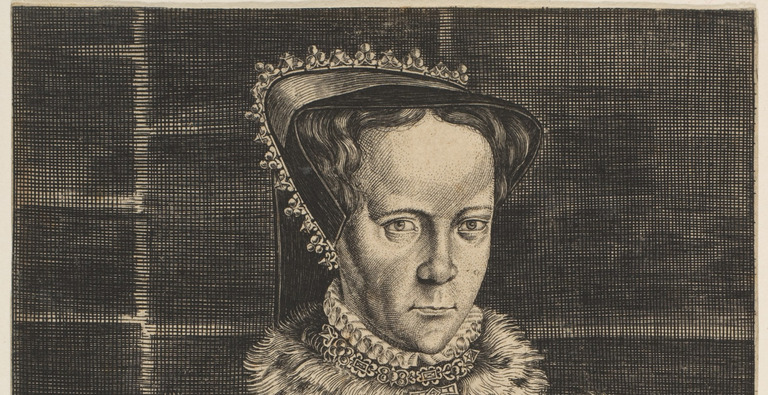
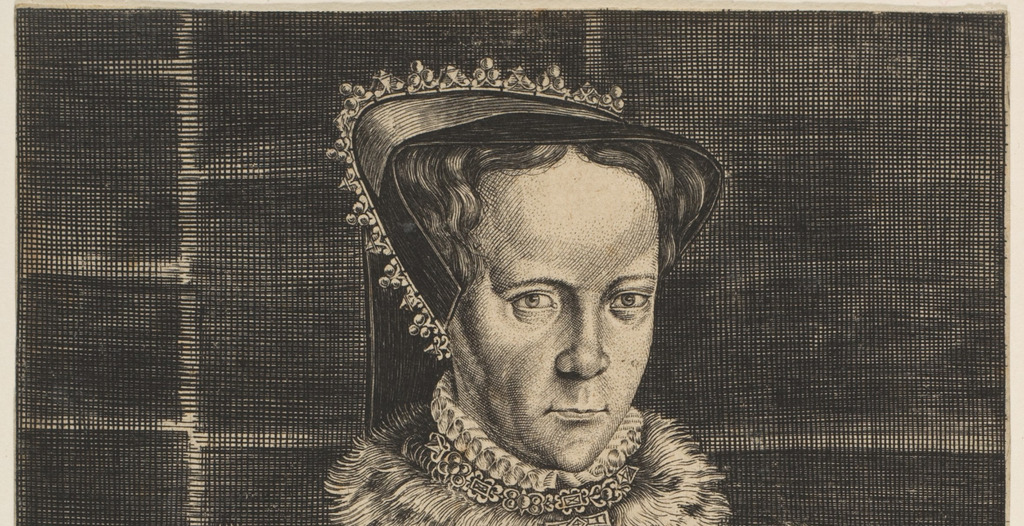
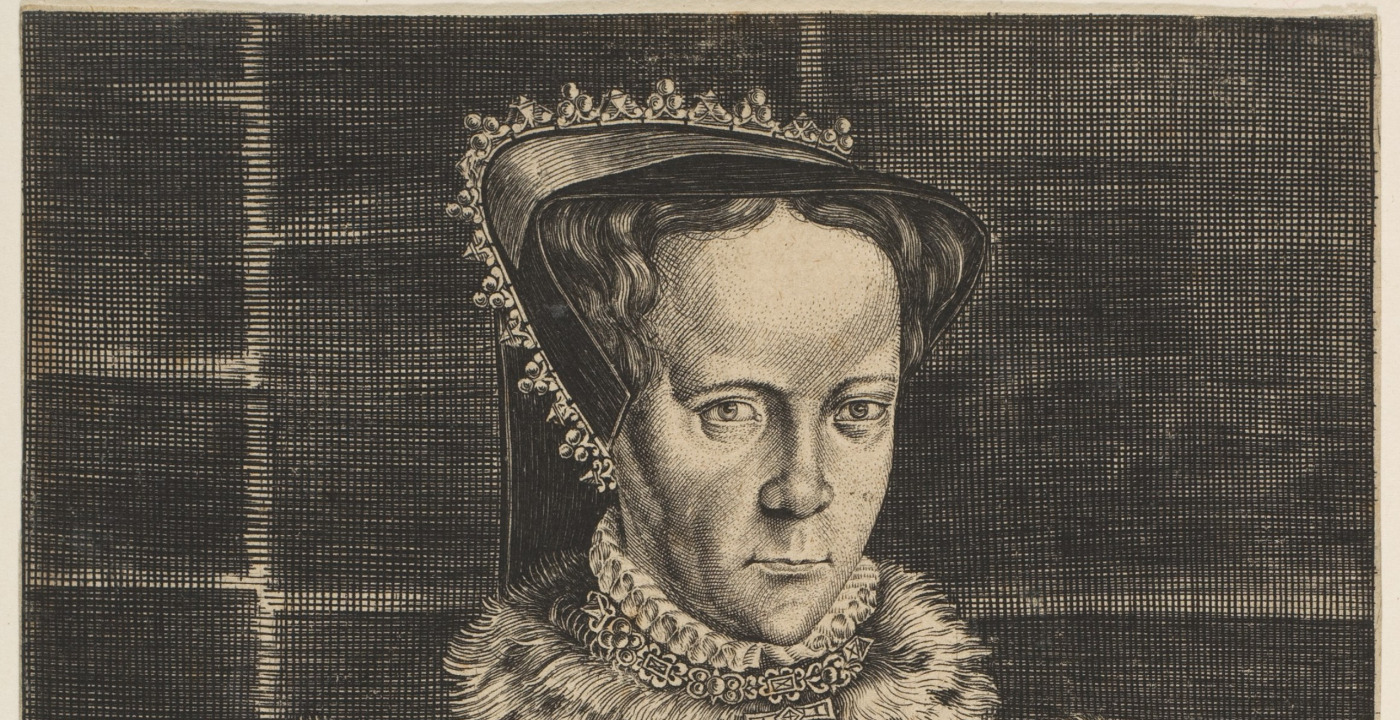


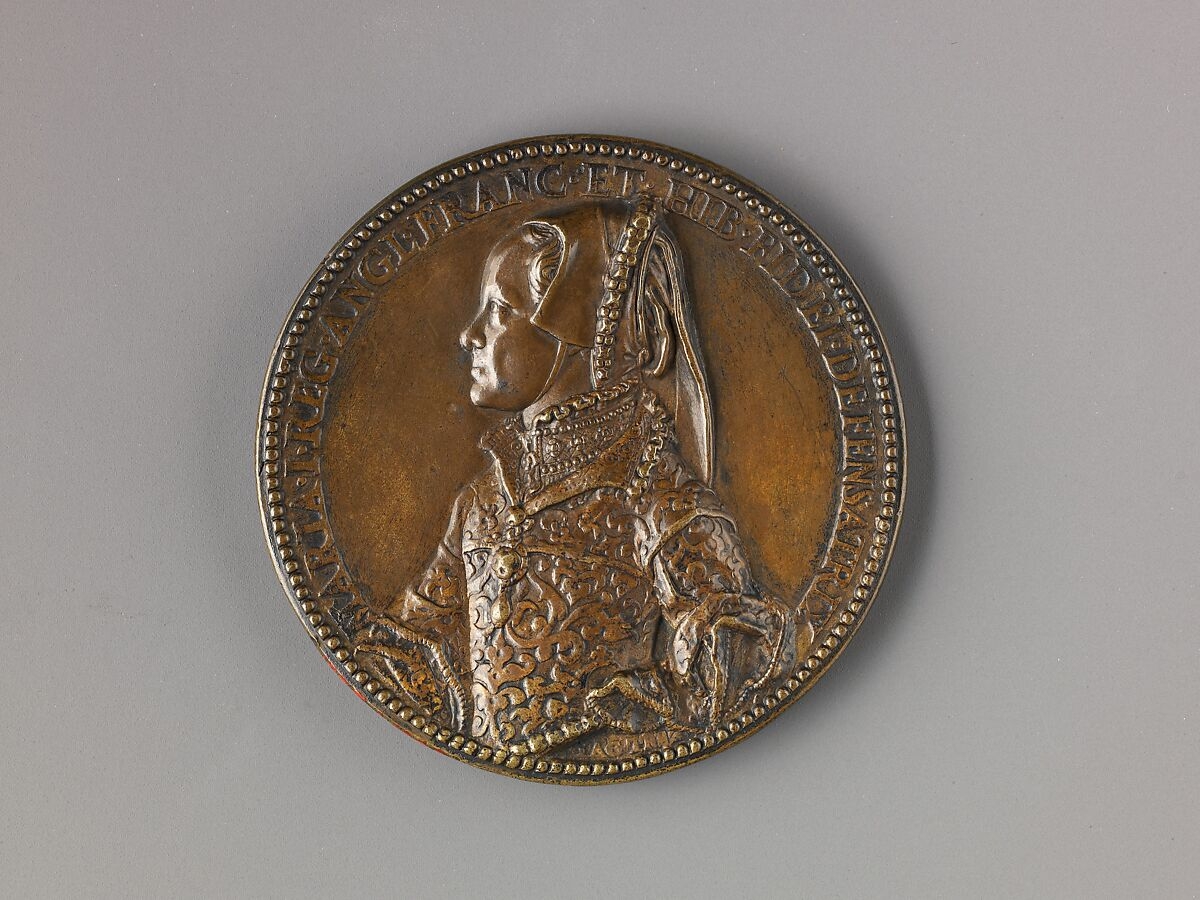
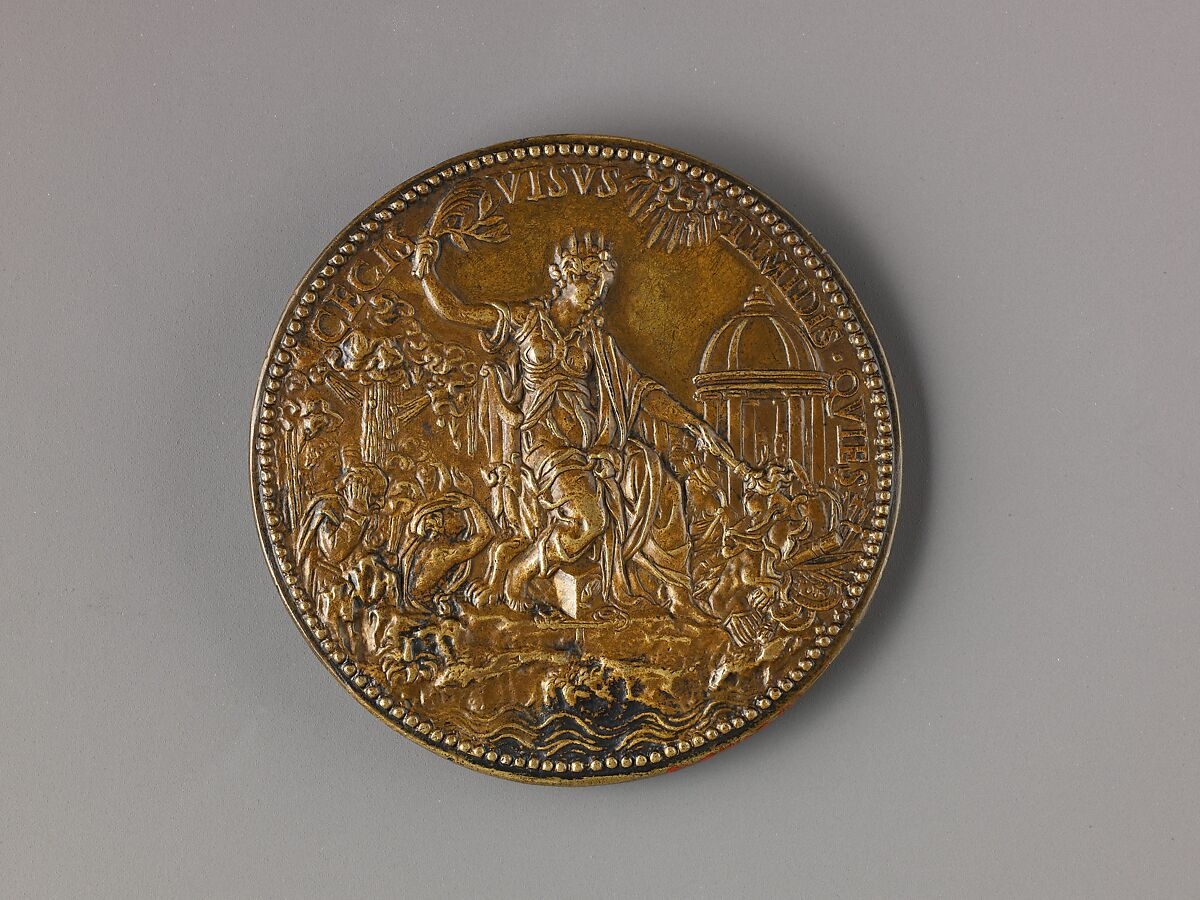
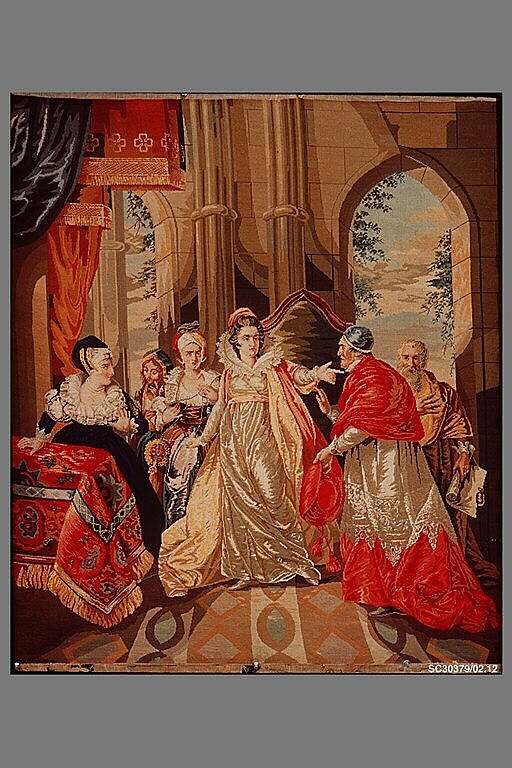
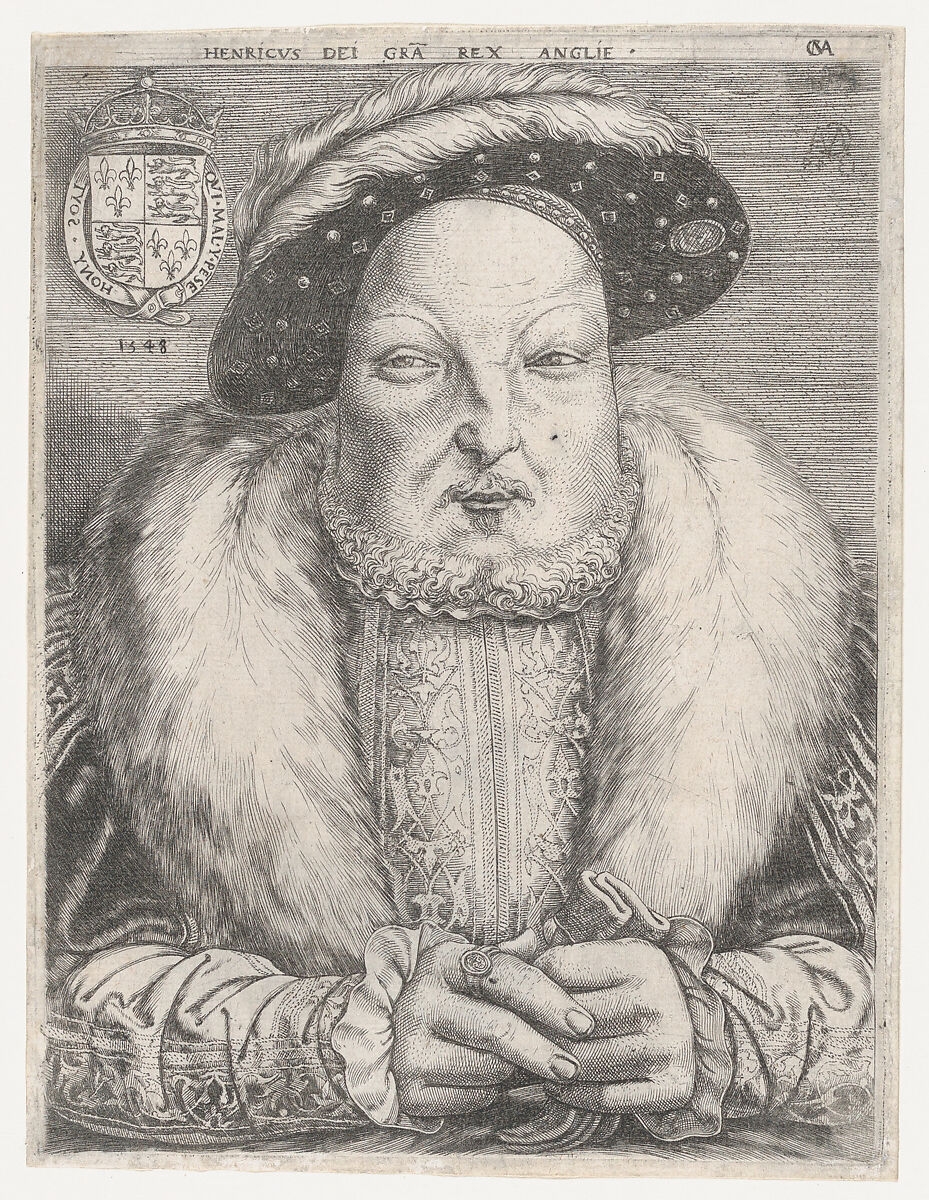
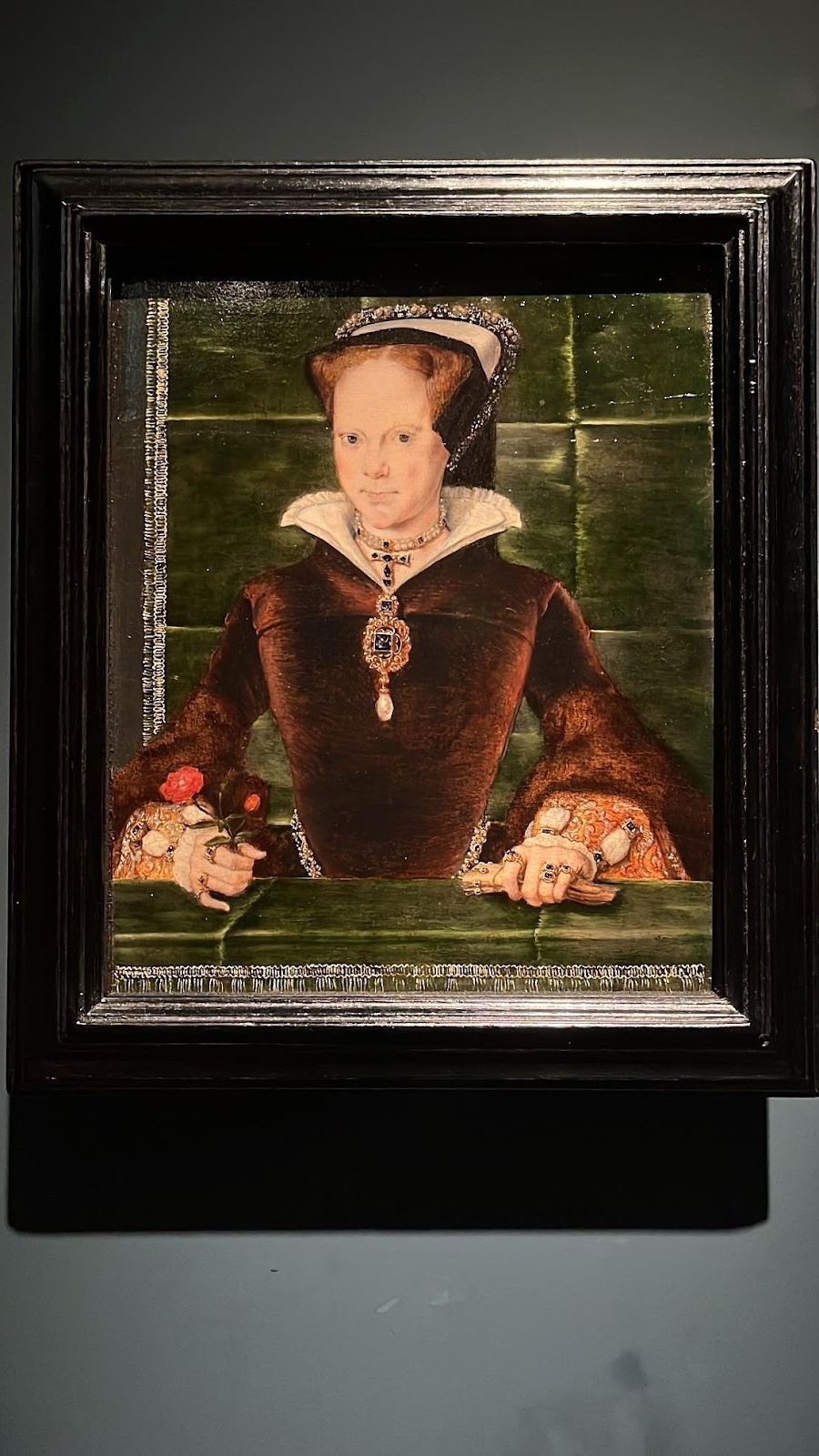
Comment
Your message was sent successfully